In the world of game development, a phrase rarely heard is “no deadline.” Yet, that was precisely the mantra followed by the creators of Super Mario Bros. According to the game’s producer, Takashi Tezuka, the absence of a looming due date was a deliberate choice. “I wanted to eliminate the excuse of missed deadlines hindering our creativity,” Tezuka explained. For the director, Shiro Mouri, this lack of constraints was an exhilarating prospect—a signal that they were fully committed to delivering a remarkable gaming experience.
Super Mario Bros, set to launch on October 20, marks a return to the series’ roots with 2D side-scrolling gameplay. Mario bids farewell to the Mushroom Kingdom and embarks on an adventure through the enchanting Flower Kingdom, a place where talking flora and mind-bending power-ups await.
It has been a decade since the last Mario game in this style, 2012’s New Super Mario Bros., and even longer since players first fell in love with the side-scrolling format introduced by the original Mario game. “In the early days of Mario, everything was new, so we didn’t need to explain or convince players of the play style,” Tezuka reminisces. “We provided the game, and players naturally developed their unique play styles.”
However, times have changed, Tezuka acknowledges. The earlier Mario games were about mastering challenging levels through repeated attempts. Now, the Nintendo team’s mission is to create an environment where players can shape their own gameplay experiences.
This pursuit of player freedom became one of the game’s guiding principles, evident in several aspects of the gameplay. Players can choose the order in which they tackle courses and even explore certain parts of the world map on foot, deviating from a linear path. Super Mario Bros introduces a diverse cast of playable characters, including familiar faces like Mario, Luigi, and Peach, as well as newcomers like Daisy. While most characters play similarly, all four Yoshis and Nabbit offer a gentler experience, immune to damage, and with Yoshis having the unique ability to consume enemies.
The game also introduces badges, granting players various abilities when equipped, catering to both novice and advanced players. During development, the team considered allowing players to use multiple badges simultaneously or switch them mid-level but decided against it. As Tezuka puts it, “It felt more like something you would find in a Zelda title. Mario gameplay is more straightforward and simple.” For players eager to retry levels, experimenting with new badges adds an extra layer of depth to the experience.
The other paramount goal for the development team was to fill Super Mario Bros with secrets that players would delight in discovering. Mouri emphasized the importance of creating challenges that gave players the opportunity to apply what they had learned. This philosophy extends to the game’s power-ups, such as the new water-spewing elephant form and the head-slapping drill power-up. These additions are not only charming and humorous but also serve practical gameplay purposes.
Mouri explains that when designing new power-ups, the focus is on how they transform the gameplay experience. For instance, Drill Mario, with his ability to travel underground and through ceilings, offers a unique advantage—defeating enemies falling from above, which a mole character couldn’t achieve. When the team needed a character with a larger form capable of smashing blocks and spraying water, the choice was clear: the elephant.
However, power-ups aren’t the sole means of transformation in Super Mario Bros. The game introduces Wonder Flowers, which add an element of unpredictability. These magical flowers can make Mario grow to massive proportions or even transform him into an enemy, reshaping the game world itself with their mysterious effects. With numerous Mario games in their repertoire, the developers aimed to surprise players with fresh ideas. Instead of reserving Wonder effects for specific levels, they decided to incorporate them into every primary course.
To achieve this, Mouri and Tezuka gathered input from the entire development team, regardless of their role or tenure at Nintendo. “We received over a thousand, maybe even two thousand ideas,” Mouri says. From this extensive pool of ideas, they carefully selected and refined the most compelling ones.
At its heart, Super Mario Bros is about action, but Tezuka insists that focusing solely on action could become monotonous for both players and creators. To keep things fresh and exciting, the team constantly strives for the unexpected.
Tezuka encourages his teams to discard any preconceived notions about how Mario should be. He urges them to follow their instincts and create content that they find genuinely exciting. “If it looks cool, it’s going to be fun. Do it,” he asserts, challenging his team to break free from self-imposed limitations.
In Super Mario Bros, the absence of deadlines has allowed for a creative flowering, giving players a chance to revel in the joy of a Mario game where innovation and imaginative gameplay take center stage. With the Flower Kingdom as their canvas, Nintendo’s developers are ready to unleash a Super Mario experience like no other.










![Apple Watch SE (2nd Gen) [GPS 40mm] Smartwatch with Starlight Aluminum Case with Starlight Sport Band S/M. Fitness & Sleep Tracker, Crash Detection, Heart Rate Monitor](https://www.tech-bit.com/wp-content/uploads/2024/06/applewatchse2ndgengps40mmsmartwatchwithstarlightaluminumcase-360x180.jpg)







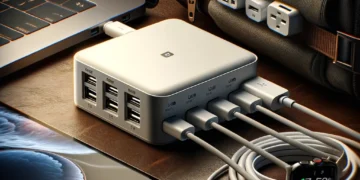








![Apple Watch Series 9 [GPS 45mm] Smartwatch with Midnight Aluminum Case with Midnight Sport Band S/M. Fitness Tracker, ECG Apps, Always-On Retina Display, Water Resistant](https://www.tech-bit.com/wp-content/uploads/2024/06/applewatchseries9gps45mmsmartwatchwithmidnightaluminumcasewith-360x180.jpg)



![Apple Watch Ultra 2 [GPS + Cellular 49mm] Smartwatch, Sport Watch with Rugged Black Titanium Case with Black Ocean Band. Fitness Tracker, Precision GPS, Action Button, Extra-Long Battery Life](https://www.tech-bit.com/wp-content/uploads/2024/10/applewatchultra2gpscellular49mmsmartwatchsportwatchwithrugged-360x180.jpg)










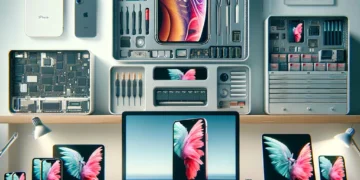



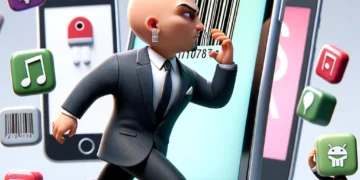

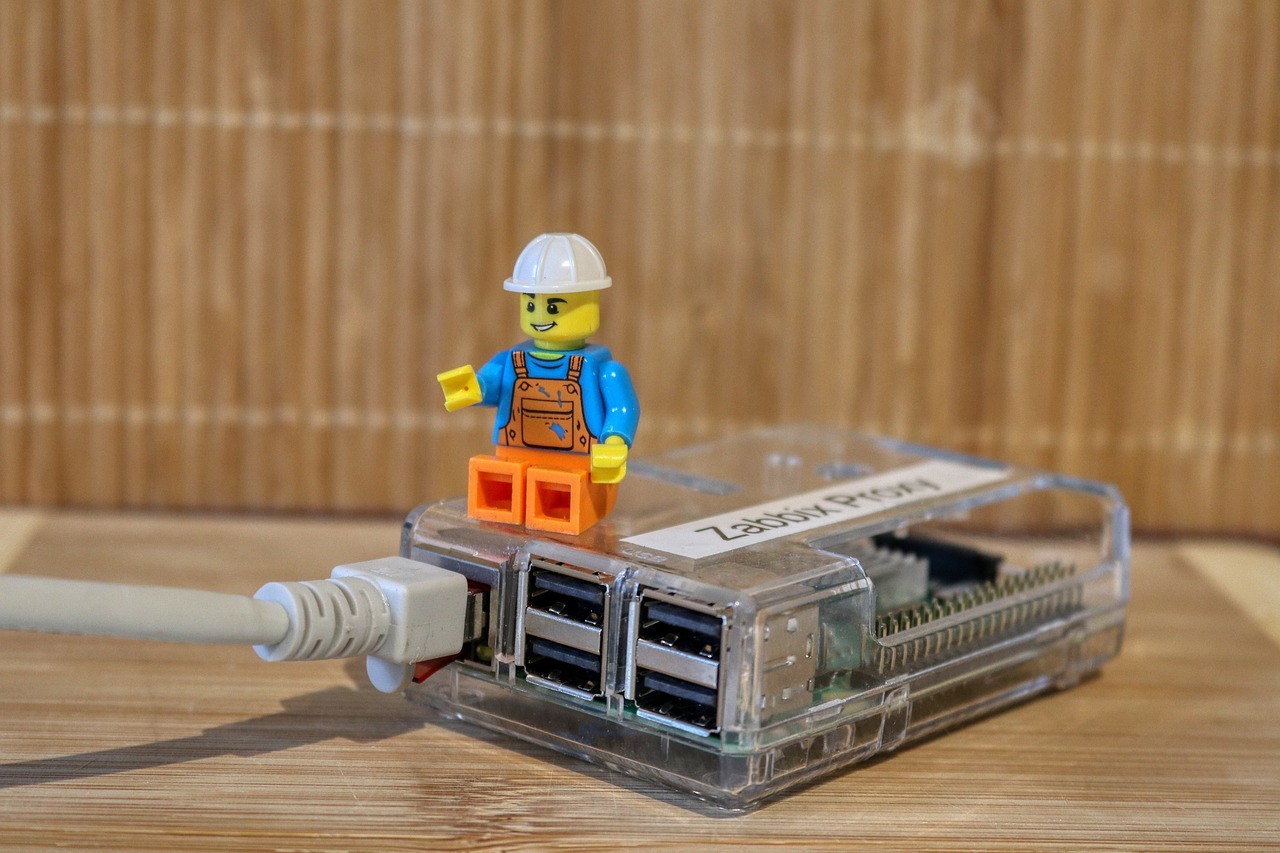

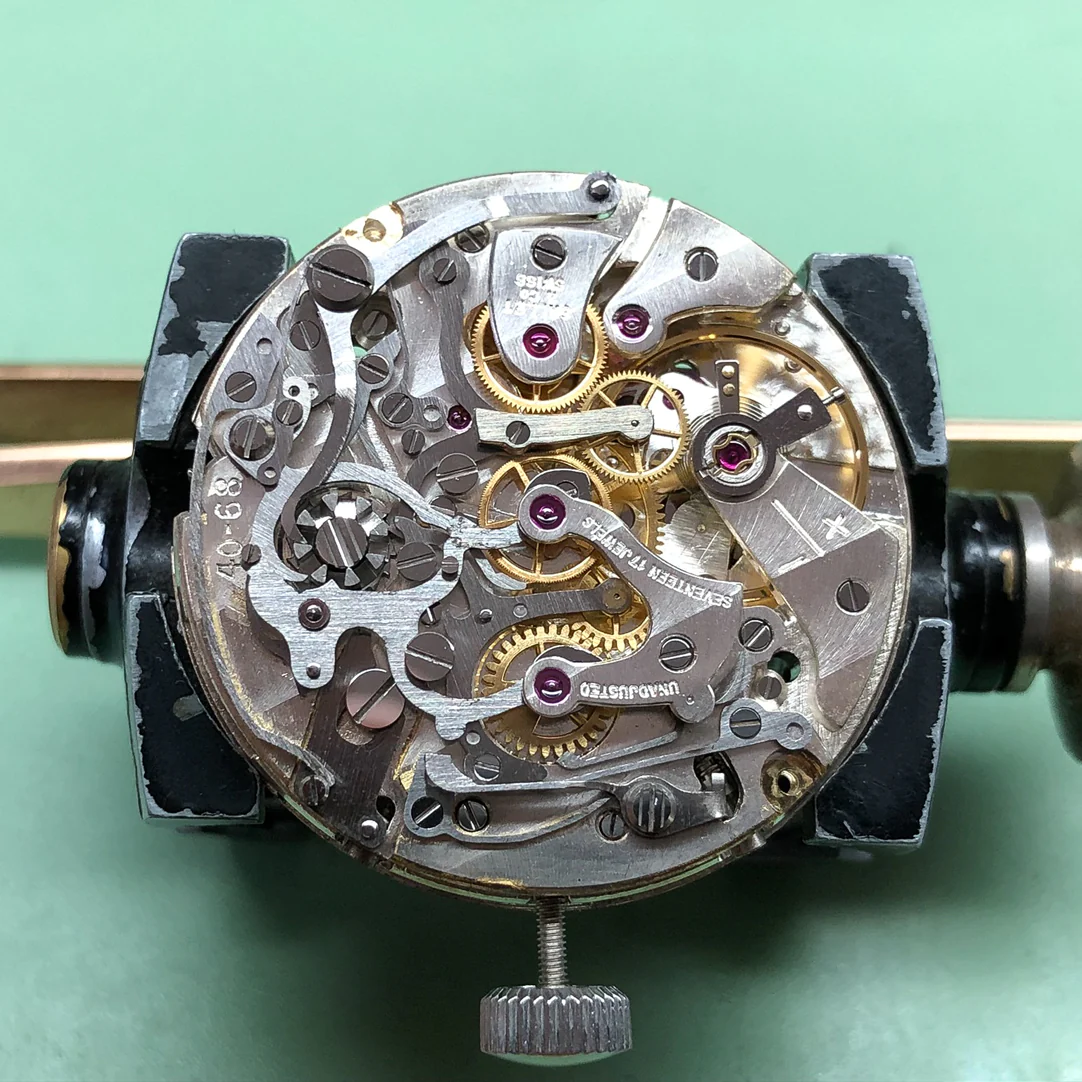

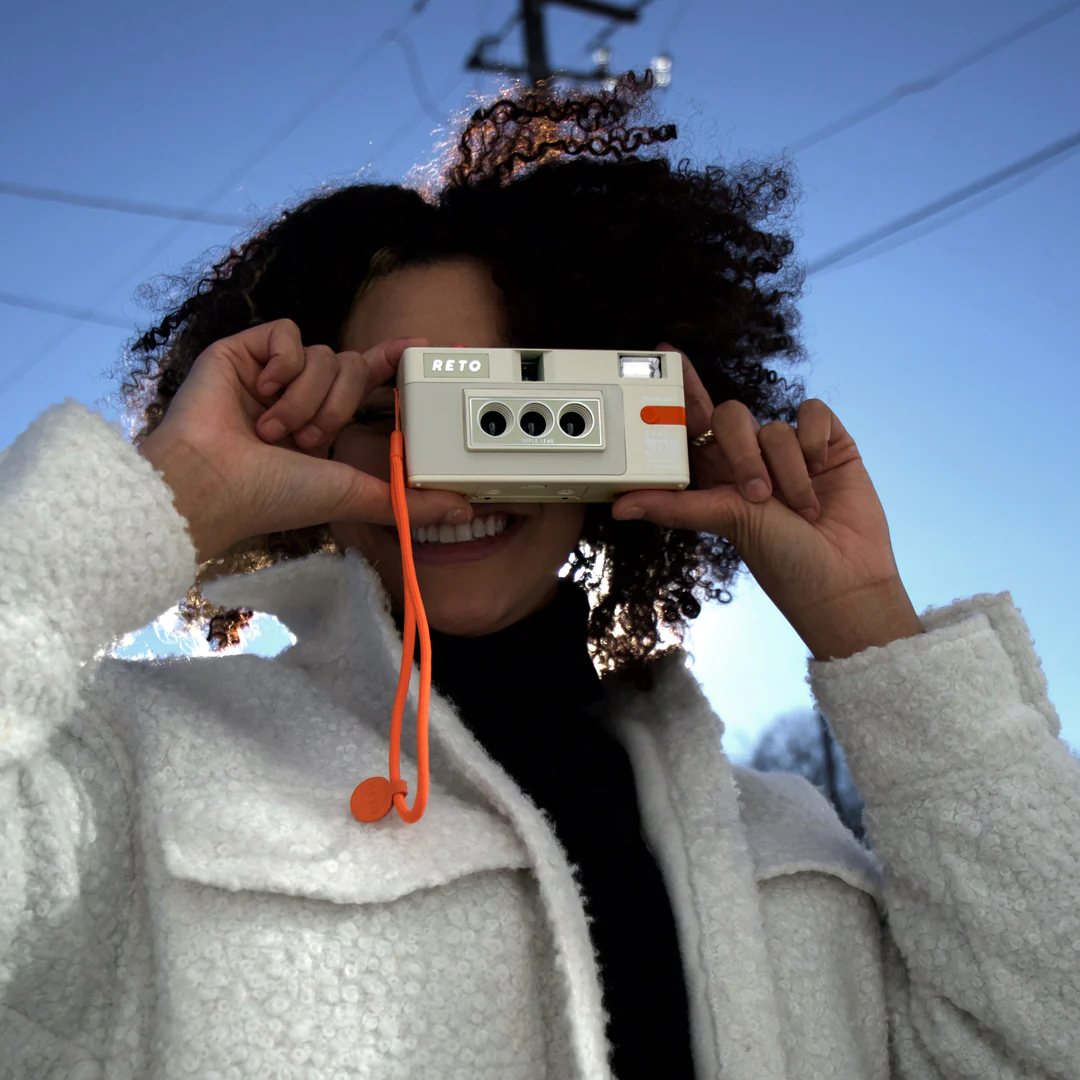
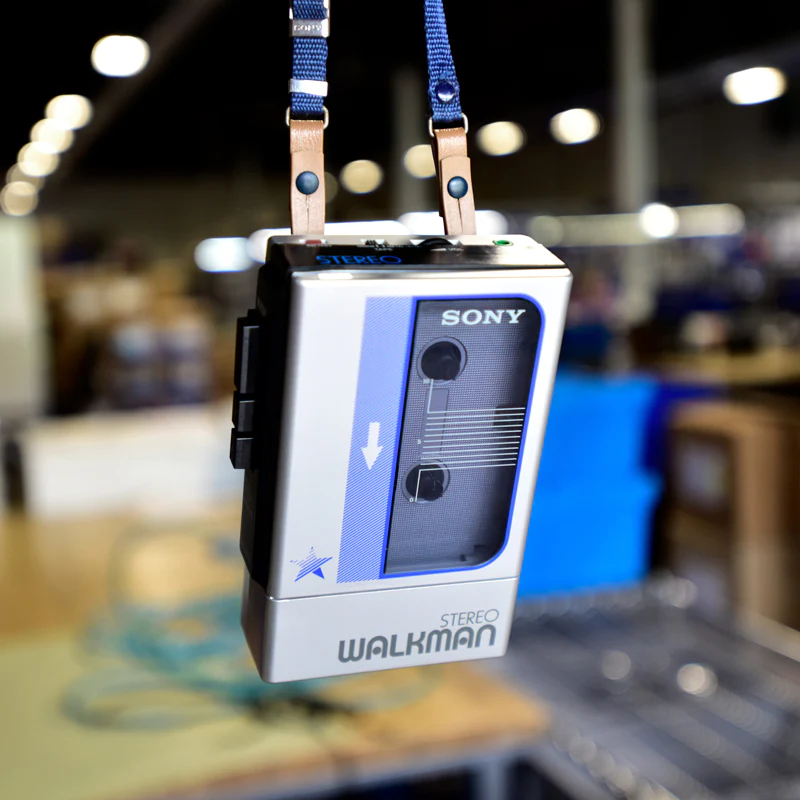


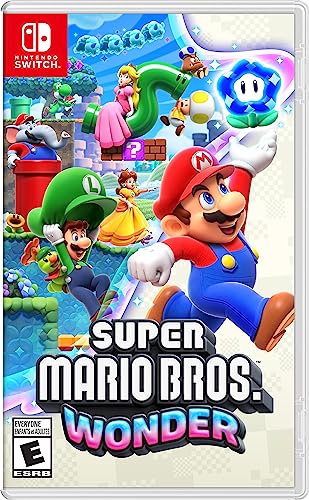
![Super Mario Bros. Wonder Standard - Nintendo Switch [Digital Code]](https://m.media-amazon.com/images/I/51TZQESp+jL.jpg)









